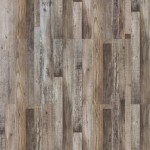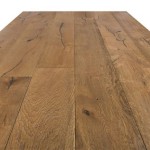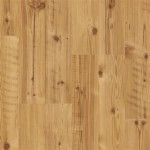Essential Aspects of Hardwood Flooring Underlayment Installation
Installing hardwood flooring is a significant home improvement project that requires meticulous attention to detail. Underlayment plays a crucial role in ensuring the longevity and quality of the flooring installation. Here are key aspects to consider for successful underlayment installation:
Choosing the Right Underlayment: Select an underlayment compatible with your hardwood flooring type (solid or engineered) and subfloor. Different underlayments offer varying properties like moisture resistance, sound insulation, and leveling capabilities. Consult the manufacturer's guidelines for specific recommendations.
Subfloor Preparation: Before installing the underlayment, ensure the subfloor is clean, level, and free from any debris or irregularities. Leveling compounds or thin-set mortar can be used to correct any unevenness. A smooth and stable subfloor will prevent squeaks and ensure a proper foundation for the underlayment and flooring.
Moisture Barrier: If installing hardwood flooring in moisture-prone areas like bathrooms or kitchens, a moisture barrier should be installed beneath the underlayment. This barrier prevents moisture from seeping up into the flooring, reducing the risk of buckling and warping.
Installing the Underlayment: Lay the underlayment over the prepared subfloor, ensuring it runs perpendicular to the planned flooring direction. Roll out the underlayment, starting in one corner and working towards the opposite end. Use a sharp knife to cut the underlayment to size around any obstacles or irregularities.
Seaming and Joints: Overlap adjacent rows of underlayment by the manufacturer's specified amount, typically two to four inches. Use an underlayment tape to seal the seams, creating a continuous and moisture-resistant barrier. Stagger the joints between rows to minimize potential weak points.
Fastening the Underlayment: Depending on the specific underlayment type, it may require stapling or tacking it to the subfloor. Use staples or tacks spaced every four to six inches to secure the underlayment in place. Countersink the fasteners slightly below the surface to prevent them from interfering with the hardwood flooring.
Smooth Surface: Once the underlayment is installed, ensure its surface is smooth and free from any protrusions or bumps. Use a roller or straight edge to flatten any imperfections. A smooth underlayment will create a level and uniform base for the hardwood flooring.
Properly Installed Underlayment: A well-installed underlayment will provide a stable foundation for the hardwood flooring, reduce noise transmission, and enhance its performance and durability. By following these essential aspects, you can ensure a successful underlayment installation that will support your hardwood flooring for years to come.

Hardwood Floor Underlayment Ultimate Guide

Why Underlayment For Hardwood Floors Is Important From The Forest Llc

Hardwood Floor Underlayment Flooring And Design

Hardwood Floor Underlayment Options From The Forest Llc

Underlayment Buyer S Guide

Hardwood Flooring Subfloor Best Practices Reno Tahoe Nevada

Do You Need An Underlay For Solid Wood Flooring On Concrete Quora

What Is Hardwood Floor Underlayment And Why It S Important Zack Flooring

How To Install Underlayment For Hardwood Floors Handyman Chip Wade

Hardwood Floor Underlayment Options And Installation Easiklip Floors
Related Posts








